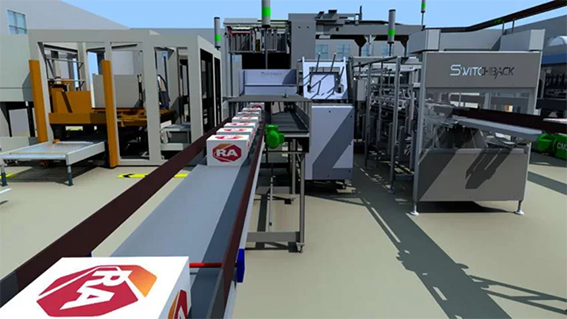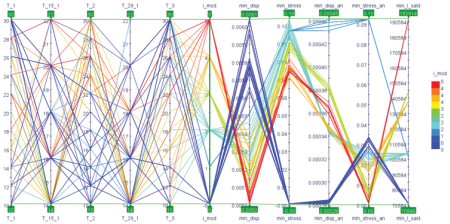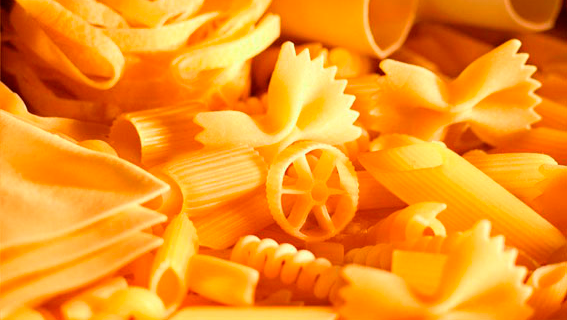Emulate 3D
Date vita ai vostri progetti meccanici in digitale
Emulate 3D è un prodotto Rockwell Automation
Emulate 3D è un prodotto Rockwell Automation
Emulate 3D è un software avanzato di digital twin che consente agli utenti di creare repliche virtuali precise dei loro sistemi di automazione industriale. Questo potente strumento permette di effettuare test completi, simulazioni ed emulazioni dei sistemi prima della loro costruzione fisica, offrendo vantaggi significativi in vari settori, tra cui la gestione dei materiali, la produzione e l'automazione.


Progetta e costruisci facilmente la prossima generazione di macchine con fiducia.
Con una copia digitale di un sistema o impianto, utilizza lo strumento per testare scenari “what if” e migliorare i processi.
Progetta, testa, valida e metti in servizio le macchine prima che entrino in funzione.
Analogamente a DCS/PLC, collega sistemi di livello superiore per anticipare l'integrazione.
Ottimizza la produttività con simulazioni 3D in tempo reale di processi dinamici.
Un modello gemello consente di prevedere prestazioni e KPI.
Riduci i rischi formando la forza lavoro in un ambiente virtuale sicuro.
Sfrutta il gemello digitale per ottimizzare il personale e il supporto.

Invia le tue domande ai nostri tecnici specializzati!
Mettiti in contatto con uno dei nostri esperti, che ti potrà fornire risposte certe o consigliare soluzioni affidabili.

CASE STUDY
This technical article describes how engineers tackled a design optimization challenge to ensure the structural integrity of a section of the beam of a typical steel bridge whose web of main beams was subject to instability.
civil-engineering modefrontier optimization
CASE STUDY
The text discusses the importance of digital simulation models in modern factory design and reconfiguration, particularly in response to shorter product lifecycles and increased customization demands. Traditional design methods often lead to inefficiencies and high costs, making digital simulation essential for creating flexible and adaptable production systems. The article highlights a case study involving a furniture assembly factory, where a manufacturer needed to efficiently handle a variety of custom kitchen cabinet orders. The system integrator was tasked with designing a robotic assembly line that could maintain production efficiency despite the high variety of products.
industry4 SIMUL8

CASE STUDY
This study was part of the Virtual Optimization PAsta production process (OPAV) research project,
modefrontier ansys ls-dyna magma optimization food-beverage consumer-goods
CASE STUDY
In a recent interview, Enrico Boesso (EnginSoft) and Daniel Campbell (Capvidia) discussed how Model-Based Definition (MBD) is transforming manufacturing by replacing traditional 2D drawings with data-rich 3D models as the "single source of truth".
comparevidia mbdvidia tolerances digital-manufacturing mechanics

CASE STUDY
Racing engines are continuously evolved and fine-tuned to allow them to achieve extraordinary levels of performance, albeit with great complexity. However, MotoGP regulations restrict engine development by constraining some of the main design parameters.
optimization modefrontier cfd ansys rail-transport